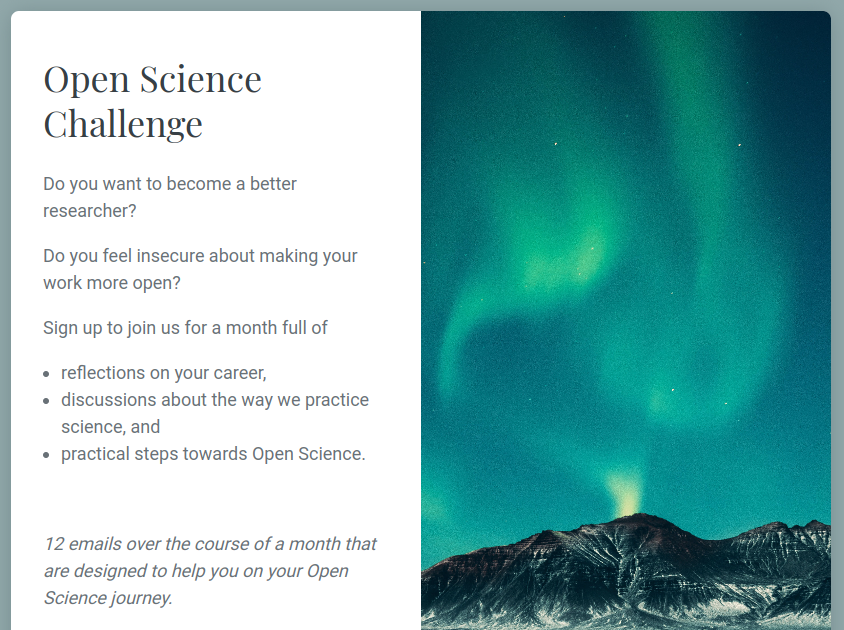-
Wikidata script for SMILES, SMARTS, and CXSMILES depiction
In August I reported about 2D depiction of (CX)SMILES in Wikidata via linkouts (going back to 2017). Based on a script by Magnus Manske, I wrote a Wikidata gadget that uses the same CDK Depict (VHP4Safety mirror) to depict the 2D structure in Wikidata itself: -
_new_hue.svg.png)
s/Twitter/Mastodon/g
Yeah, it has been hard to miss it (see e.g. Should I join Mastodon? A scientists’ guide to Twitter’s rival). Twitter is experiencing some turbulence and Mastodon has become a very attractive, open source, community-driven, inclusive alternative. It’s been around since 2016 and there is some research literature about it already. I got my account in 2018, but did not start actively using it until earlier this year. -
Is your research cited by a Nobel prize winner?
Forget the journal impact factor and the H-index. You want your research being used. A first approximation of that is getting cited, sure. So, with the Nobel Prize week over (congrats to all winners! the Neanderthaler prize actually helped my work in Maastricht this week), let’s figure out of you are cited by a Nobel Prize winner. Wikidata allows us to figure this out with a SPARQL query (created together with Adriano): -
Wikidata now escapes SMILES and CXSMILES!
In the end it was a very simple change today (huge thanks to Nikki!), but Wikidata now escapes SMILES and CXSMILES (P10718) with the formatter URL (P1630)! -
Biology, ACPs, lipids, cheminformatics, and Dagstuhl
Already 3 months ago I visited Dagstuhl for the second time. The weather was much better than in the January right before the start of the pandemic. The first I attended the Computational Metabolomics meeting, with the focus From Cheminformatics to Machine Learning, one of the things we concerned ourselves with was how to do computation with compound classes (see Section 3.6 and this online book). We know how to handle SMILES and we know how to the substructure searching with SMARTS, but what if you have compound classes or lipid classes? Biology is a greasy business.

